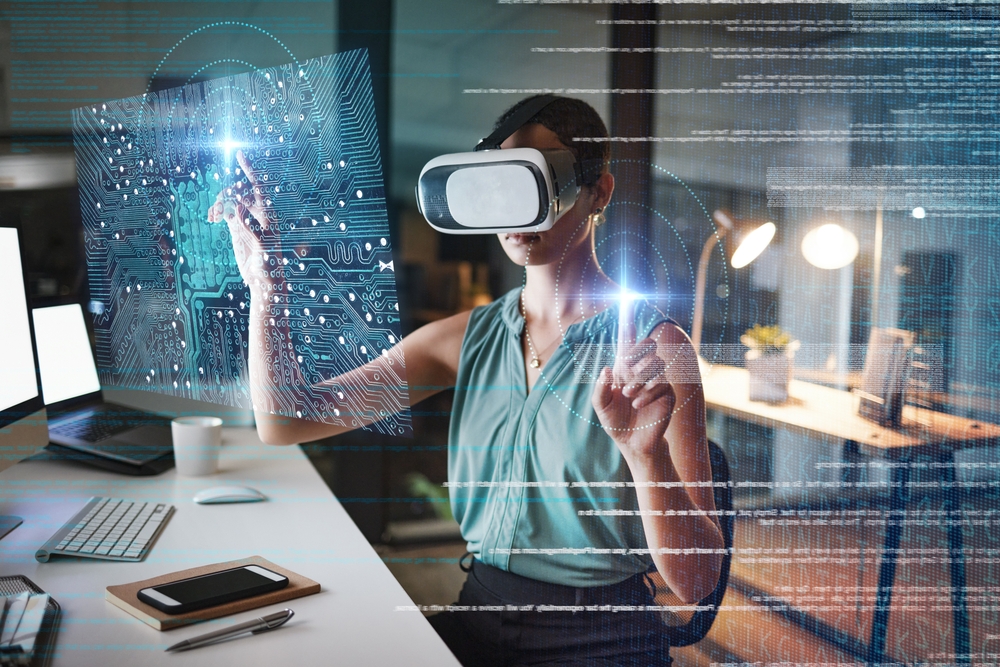Innovative Leap in Tech: Augmented Reality in Everyday Life
Everyone's talking about it, and it's slowly seeping into everyday life: augmented reality (AR). But what is it, and how is it transforming our world? Let's dive in. Augmented reality is often confused with its sibling, virtual reality (VR). But they're not twins. VR immerses you in a digital world, while AR overlays digital information onto the real world. The promise of AR is to blend the physical and digital realms, enhancing our experiences rather than replacing them.

A Journey Through Time: The Evolution of Augmented Reality
The concept of AR can be traced back to the 1960s, with the creation of the Sensorama machine by cinematographer Morton Heilig. This device could stimulate all five senses, presenting a virtual world that felt astonishingly real. The first true AR system, however, was developed in 1992 at the U.S. Air Force’s Armstrong Labs. Called the Virtual Fixtures system, it overlaid information onto a physical workspace, increasing productivity and reducing errors.
Since then, AR has evolved steadily. In the 2000s, it started to appear in entertainment and gaming, with AR games like Pokemon Go taking the world by storm in 2016. Today, AR is poised to transform various industries, from retail and marketing to healthcare and education.
AR Today: More Than Just a Game
AR is no longer just a futuristic concept or a fun game. It’s making inroads into numerous fields, with practical and groundbreaking applications.
In retail, for example, AR is allowing customers to virtually try products - from clothes to furniture - in their own homes before purchasing. In healthcare, AR is helping surgeons visualize complex procedures, potentially saving lives. In education, AR is making learning more immersive and interactive, increasing student engagement.
The AR of Tomorrow: What’s in Store?
While AR is already transforming industries, its potential is far from exhausted. Experts predict that AR could soon become an integral part of our daily lives.
Imagine walking down the street, with your AR glasses or contact lenses overlaying directions, reviews, and other information onto the physical world. Or picture a world where AR can help us understand complex data, or learn new skills, or even connect with people in deeper, more meaningful ways.
The possibilities are endless and exciting. But, as with any new technology, AR brings challenges - from concerns about privacy and security to issues of accessibility and digital divide.
The Market Impact: A Lucrative Reality
The AR market is expected to reach $198 billion by 2025, according to a report by Markets and Markets. This growth is driven by various factors, including advancements in technology, increasing demand in various industries, and consumer acceptance of AR as a part of everyday life.
However, the journey to widespread adoption is not without obstacles. High costs of AR devices, technological limitations, and privacy concerns are some of the hurdles that need to be overcome.
In conclusion, AR is a fascinating and rapidly evolving field, poised to change our lives in profound ways. It’s not just about playing games or trying on clothes virtually anymore - it’s about enhancing our reality, making it more informative, interactive, and immersive.
With its potential to transform various industries and everyday experiences, AR is indeed a technological leap worth watching. As we venture into this exciting future, let’s embrace AR not just as a novelty, but as a tool that can truly augment our reality.




